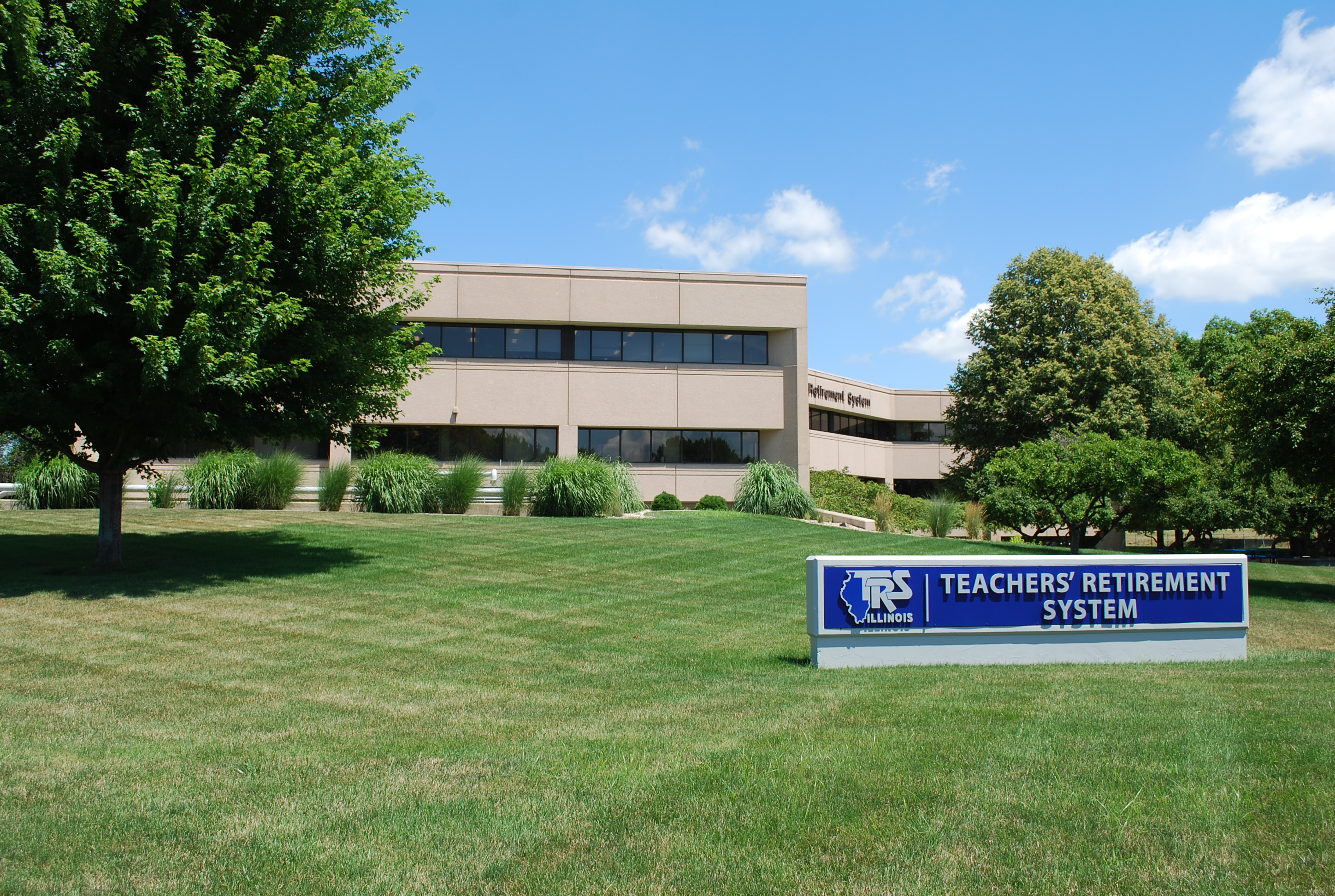SPRINGFIELD, IL – The Teachers’ Retirement System Board of Trustees this week reduced the State of Illinois’ annual funding contribution to the System for fiscal year 2018 by $530.8 million; reluctantly adhering to a new law that changes the statutory pension funding formula.
The revised state contribution for TRS is now $4.034 billion. The previous FY 2018 contribution, certified by the TRS Board last October, was $4.564 billion.
“The changes enacted this year in the pension funding formula move TRS further away from financial stability and continue to kick the can down the road. Period,” said Dick Ingram, executive director of TRS. “Cutting the state’s contribution only increases our concern that TRS will eventually become insolvent.”
Ingram added that the System’s $71 billion unfunded liability – one of the largest in the country – is a direct result of decades of underfunding by state government. In FY 2018, the state’s contribution will fall $2.839 billion short of what the System’s actuaries say is “full funding” for the year, or $6.873 billion.
“For every dollar that the state cuts from the TRS contribution now, they will have to spend $3 down the road to replace that revenue because of the interest costs,” he said. “A $530 million funding cut today just puts off the inevitable and will create a payment of $1.6 billion in the future.”
A new state law approved in July by the General Assembly changed the pension funding formula in two significant ways that reduce the state’s allocation to the System:
- TRS must retroactively “smooth” the fiscal effect of any changes made in the TRS assumed rate of investment return over a period of five years. The “smoothing” applies to any assumption changes from 2012 on.
- Local school districts will pay more of the cost of a member’s pension if that member’s salary is equal to or greater than the governor’s statutory salary of $177,412. The district will be responsible for paying the actuarial cost of the benefits earned on the portion of the member’s salary that exceeds $177,412.
The new state contribution does not include any potential cost savings from the creation in July of the Tier III “hybrid” retirement plan because Tier III is still being developed. When Tier III will be implemented will be decided by the Board at a future meeting.
The TRS Board is required each year to certify the state’s annual contribution to the System for the next fiscal year. That contribution is reviewed by the State Actuary before it is included in the state budget for the upcoming year.
In other action taken during its regularly scheduled August meeting, the TRS Board:
- Committed up to $200 million with the System’s $5.9 billion Absolute Return portfolio to Magnetar Financial, of Evanston, Illinois. Magnetar currently administers $148.7 million in TRS assets.
- Committed $100 million within the System’s $5.6 billion Real Estate portfolio to the Blackstone Group, of New York, New York. Blackstone currently administers $592.4 million in TRS assets.
- Committed up to $100 million within the System’s $6.3 billion Private Equity portfolio to Natural Gas Partners, of Irving, Texas. NGP currently administers $104.9 million in TRS assets.
- Committed up to $75 million within the Private Equity portfolio to Institutional Venture Partners, of Menlo Park, California. IVP currently administers $18.6 million in TRS assets.
- Committed $50 million within the System’s Emerging Manager Program to ICV Capital Partners, of New York, New York, for private equity investments.
About Teachers’ Retirement System
The Teachers’ Retirement System of the State of Illinois is the 37th largest pension system in the United States, and provides retirement, disability and survivor benefits to teachers, administrators and other public school personnel employed outside of Chicago. The System serves 406,855 members and had assets of $48.6 billion as of June 30, 2017.
